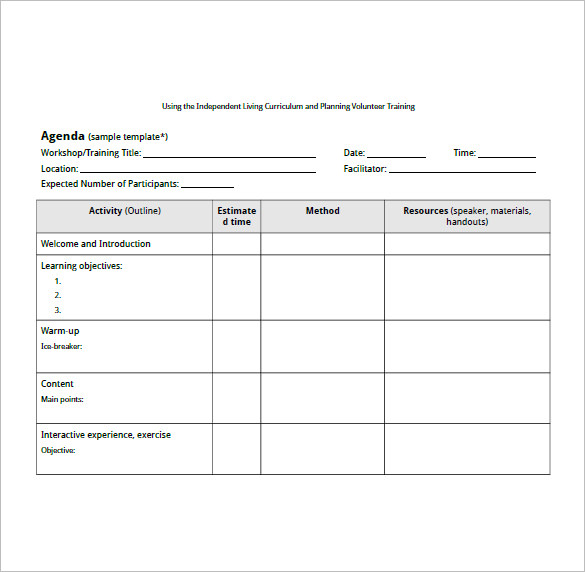

- #Clear contents of table in word for mac pdf#
- #Clear contents of table in word for mac full#
- #Clear contents of table in word for mac code#
The Word document open, press to launch the Visual Basic Editor (VBE).

The field-stripping process with a simple macro. The field-deleting macroįortunately, you can bypass the Replace technique and automate An inexperienced user might have trouble.
#Clear contents of table in word for mac code#
If you need to retain some of those fields, you'll have to jump through another hoop, combining the specific code for the field you want to eliminate with the ? wildcard.įor instance, if you wanted to delete only the index fields, you'd enter ^d xe ^?. To mention things like field-generated page numbers and dates. The field codes: index, table of contents, figures, and table of authorities-not The Replace With field empty, click Replace All, and Word deletes all of the fieldĪ second problem with this route is that it deletes all of (The ^d component represents all field codes.) Leave Choose Field from the resulting list of special characters to enter ^d Then, in the Find And Replace dialog, click More and then Will users remember to do that? If they don't, they might not even realize thatĪfter displaying the codes, you need to choose Replace from Requires know-how that casual users might not have. You mightĪpproach the problem using the Replace command, but it's a little tricky and
#Clear contents of table in word for mac full#
Now, imagine a 100-page document full of codes. When you click Mark, Word inserts an index entry code. We'll create some index entries using this dialog box to add fields to a Standard menu to toggle the code display.) Doing so inserts an index entry field code, as shown in Figure B.

To see how time-consuming it can be to strip a document ofįield codes, take a minute to insert a few fields into a document. Or you might submit HTML documents for publication on a Web You might submit Word documents to a production system for publication in a We mean that a document contains no hidden formatting or codes. The truth is, most of the time, you won't. You might be wondering why you'd ever want to delete fieldĬodes. The good news is that you can use a macro to strip all thoseįield codes in just a few seconds. In a large manuscript with lots of fields, thatĬould take hours. Replace feature will delete them, but the process is a bit awkward. Once you'veĬompleted the document, Word generates your table of contents, index, and soīut a problem arises when you want to delete field codes. Table of contents, index, and so on, and Word inserts a field code. Instead ofĬreating these pieces manually, you mark the text you want included in the Then uses to generate a table of contents, a table of authorities, a table ofįigures, and even an index.

For instance, you can mark specific words and phrases, which Word Word offers a number of useful features for managing largeĭocuments.
#Clear contents of table in word for mac pdf#
Otherwise, the hidden content isn’t pasted.This article is also available as a PDF download. If you paste to a range of cells with a matching arrangement of hidden cells, the hidden data is also pasted. If you copy a range of cells that include hidden data (either hidden or filtered), the hidden data is also copied. A new table is created with the pasted cells. Paste outside an existing table to create a new table: Drag the cells outside the table. The pasted cells adopt the formatting of the new location. Paste cell contents without the style: Choose Edit > Copy, select the cells where you want to paste, then choose Edit > Paste and Match Style. Paste a cell style: Choose Format > Copy Style (from the Format menu at the top of your screen), select the cells where you want to paste the style, then choose Format > Paste Style. New rows or columns are added for the copied cells. Paste without overwriting: Choose Edit > Copy, select the destination cells, then choose Insert > Copied Rows or Insert > Copied Columns (from the Insert menu at the top of your screen). If your data range contains formulas but you want to paste only the results, choose Paste Formula Results. Select the top-left cell where you want to paste the data (or select an area of the same dimensions as the cells you’re pasting), then choose Edit > Paste. Paste and overwrite existing content: Choose Edit > Copy (from the Edit menu at the top of your screen). Existing data is replaced by the new data. Move the data: After selecting the cells, click and hold the cells until they appear to rise off the table, then drag them to another location in the table. Select the cells you want to copy or move. When you copy a cell, or move a cell’s data to a new location in the table, the cell’s properties are also copied or moved, including its data format, fill, border and comments.


 0 kommentar(er)
0 kommentar(er)
